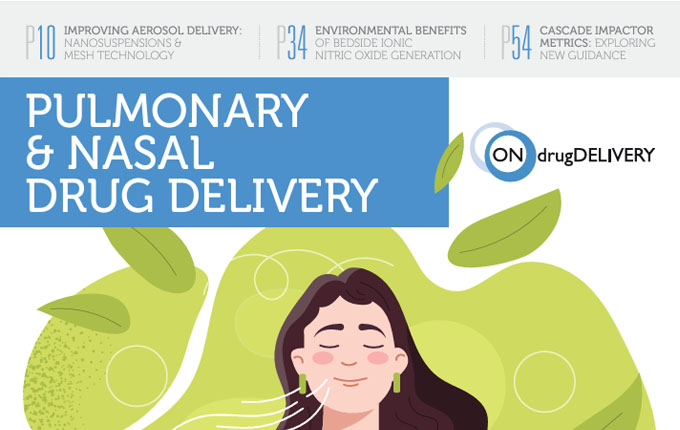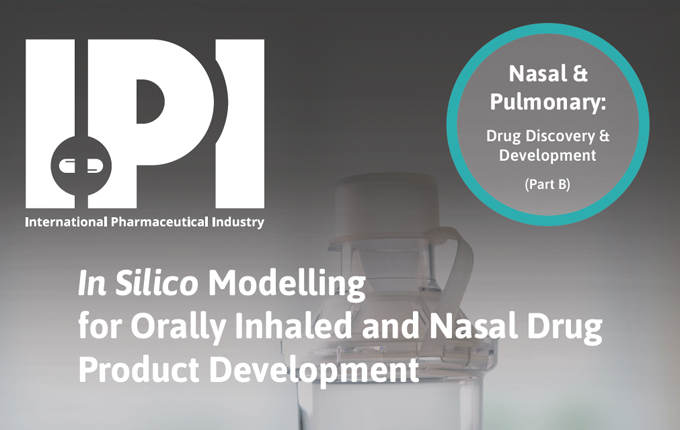Why Nasal Drug Delivery?
The nasal route for delivering drugs, including biologics like peptides, monoclonal antibodies (mAbs), and stem cells, has gained significant attention. In 2022, biologics represented 41% of approvals, highlighting their growing importance in therapeutic applications. The FDA approvals process differentiates between Biologic License Applications (BLAs) and New Drug Applications (NDAs), with a noticeable trend towards biologics. The benefits of nasal delivery are manifold, offering a non-invasive, efficient, and direct route to the systemic circulation or targeted sites within the body. Marketed nasal biologics include testosterone, nafarelin, glucagon, oxytocin, as well as vaccines for COVID and flu, showcasing the versatility and potential of this delivery method.
Challenges in Nasal Delivery of Biologics
Delivering biologics nasally is not without challenges. These compounds often face stability issues due to factors like pH, osmolality, enzyme activity in the nasal mucosa, and mechanical and thermal stress. Ensuring the potency and activity of biologics requires overcoming barriers such as mucus, enzymes, and the need for intracellular targeting and endosomal escape. Nanoparticulate and liposomal systems are explored to address some of these challenges, aiming for effective targeted deposition.
Considerations for Nasal Drug Delivery
Formulation plays a critical role in the success of nasal drug delivery. Aqueous formulations, while common, are inherently less stable and may require refrigeration or freezing, posing challenges for distribution and storage. Powder formulations, often achieved through lyophilization, present opportunities for stability but require careful consideration of the delivery process’s impact on the drug’s integrity. Technologies like spray drying and spray freeze drying are explored for their potential to enhance stability and efficacy. Factors such as immunogenicity, shear stress from delivery systems, and the four levels of protein structure must be considered to maintain the therapeutic’s integrity.
Selection of the Drug Delivery System and Targeted Deposition
Selecting the appropriate drug delivery system for nasal drug delivery is crucial. Factors to consider include the ability to spray the formulation, stability concerns, and identifying the target deposition site within the nasal cavity. Aptar Pharma’s nasal spray systems have shown promise in not impacting the integrity of peptides, proteins, antibodies, vaccines, RNA, and DNA. Techniques like Dynamic Light Scattering (DLS) and High-Performance Liquid Chromatography Size Exclusion Chromatography (HPLC SEC) are employed to ensure the formulation maintains its integrity and efficacy post-delivery.
The Future of Nasal Drug Delivery and Biologics
Looking ahead, the nasal drug delivery field is set to evolve further, with ongoing research into the impact of delivery systems on drug retention and clearance, and the optimization of deposition targets. Combination drug products and the incorporation of digital health solutions are anticipated to enhance patient outcomes. These digital tools can provide real-life data, support training and education, assist with dosing, and offer feedback to the care team, emphasizing the importance of human factors engineering in the development of nasal drug delivery systems.
To conclude, nasal drug delivery offers a promising route for the administration of biologics, providing significant advantages in terms of patient compliance and drug efficacy. However, the path is fraught with challenges, from formulation stability to device selection and targeted deposition. Overcoming these hurdles requires a multifaceted approach, combining innovative formulation techniques, advanced drug delivery systems, and a keen understanding of the biological and mechanical factors at play. As the field advances, the integration of digital health solutions and patient-centric designs will play a crucial role in realizing the full potential of nasal biologics.
Learn more about Aptar Pharma Expertise
in Nasal Drug Delivery
This Might Also Be of Interest

PureHale® & The Future of Fine Mist Dispensers for Upper Airway Treatments
Publications, Pharmaceutical, Drug Delivery Innovations, Brand Differentiation, Market Insights, Product Solutions
Acute Migraine Relief: Nose-to-Brain Delivery with Lipid Nanoparticles
Publications, Pharmaceutical, Market Insights, Product Solutions, Drug Delivery Innovations

Understanding PBPK Modeling in OINDPs: Insights from Will Ganley
Publications, Pharmaceutical, Market Insights, Product Solutions
Advancing Nose to Brain Drug Delivery: Intranasal Administration of Insulin
Publications, Pharmaceutical, Innovation & Insights, Drug Delivery Innovations, Market Insights, Product Solutions

